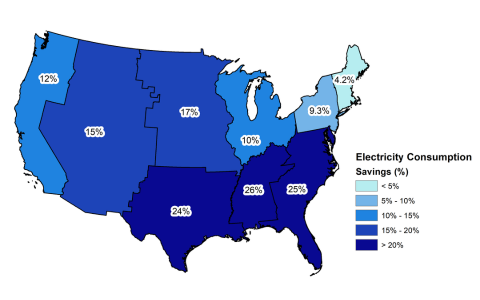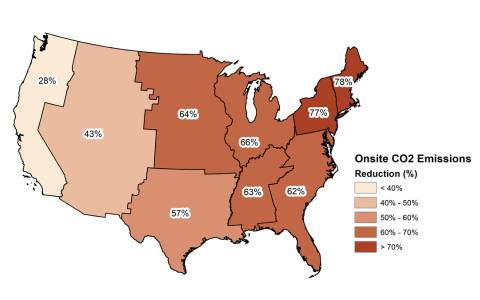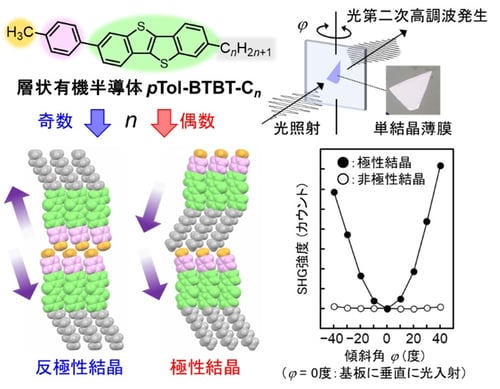2024-01-26 米国国立再生可能エネルギー研究所(NREL)


Geospatial representation of the percentage changes in annual electricity consumption (left) and carbon emissions from on-site combustion (right) resulting from the mass deployment of geothermal heat pumps paired with building envelope improvements in single-family homes. Graphic from ORNL
◆地熱ヒートポンプの普及は、新しい送電線の必要を36.7兆マイル分削減し、アメリカを8回横断する相当量に達する。地熱ヒートポンプは、個々の建物やネットワーク全体の暖冷房に利用でき、建物セクターを低炭素化する上で重要な役割を果たす可能性があります。
<関連情報>
- https://www.nrel.gov/news/program/2024/new-analysis-highlights-geothermal-heat-pumps-as-key-opportunity-in-switch-to-clean-energy.html
- https://www.osti.gov/biblio/2224191
米国におけるビル冷暖房電化のための地中熱ヒートポンプの大量導入によるグリッドコストと総排出削減量 Grid Cost and Total Emissions Reductions Through Mass Deployment of Geothermal Heat Pumps for Building Heating and Cooling Electrification in the United States
Liu, Xiaobing; Ho, Jonathan; Winick, Jeff]; Porse, Sean; Lian, Jamie; Wang, Xiaofei; Liu, Weijia ; Malhotra, Mini; Li, Yanfei; Anand, Jyothis
OSTI.GOV Published:2023-11-01
DOI:https://doi.org/10.2172/2224191
Abstract
This report presents the results of a study on the potential grid impacts of national-scale mass deployment of geothermal heat pumps (GHPs) coupled with weatherization in single-family homes (SFHs) from 2022 to 2050. GHPs are a technology readiness level 10, commercially available technology across the United States. This study is an impact analysis only; installed costs and available land areas for installing GHPs are not accounted for in determining their estimated deployment. The three scenarios studied were (1) continuing to operate the grid as it is today (the Base scenario), (2) a scenario to reach 95% grid emissions reductions by 2035 and 100% clean electricity by 2050 (the Grid Decarbonization scenario), and (3) a scenario in which the Grid Decarbonization scenario is expanded to include the electrification of wide portions of the economy, including building heating (the Electrification Futures Study or EFS scenario). The analysis team modeled each of these three scenarios with and without GHP deployment to a large percentage of US building floor space. In all cases, deployment of approximately 5 million GHPs per year demonstrated system cost savings on the grid, consumer fuel cost savings through eliminated fuel combustion for space heating, and CO2 emission reductions from avoided on-site fuel combustion—and, in the case of the Base scenario, CO2 emissions reductions from the electric power sector. GHPs have traditionally been viewed as a building energy technology. The most notable result of this study, however, is the demonstration that GHPs coupled with weatherization in SFHs are primarily a grid cost reduction tool and technology that, when deployed at a national scale, also substantially reduces CO2 emissions, even in the absence of any other decarbonization policy.


